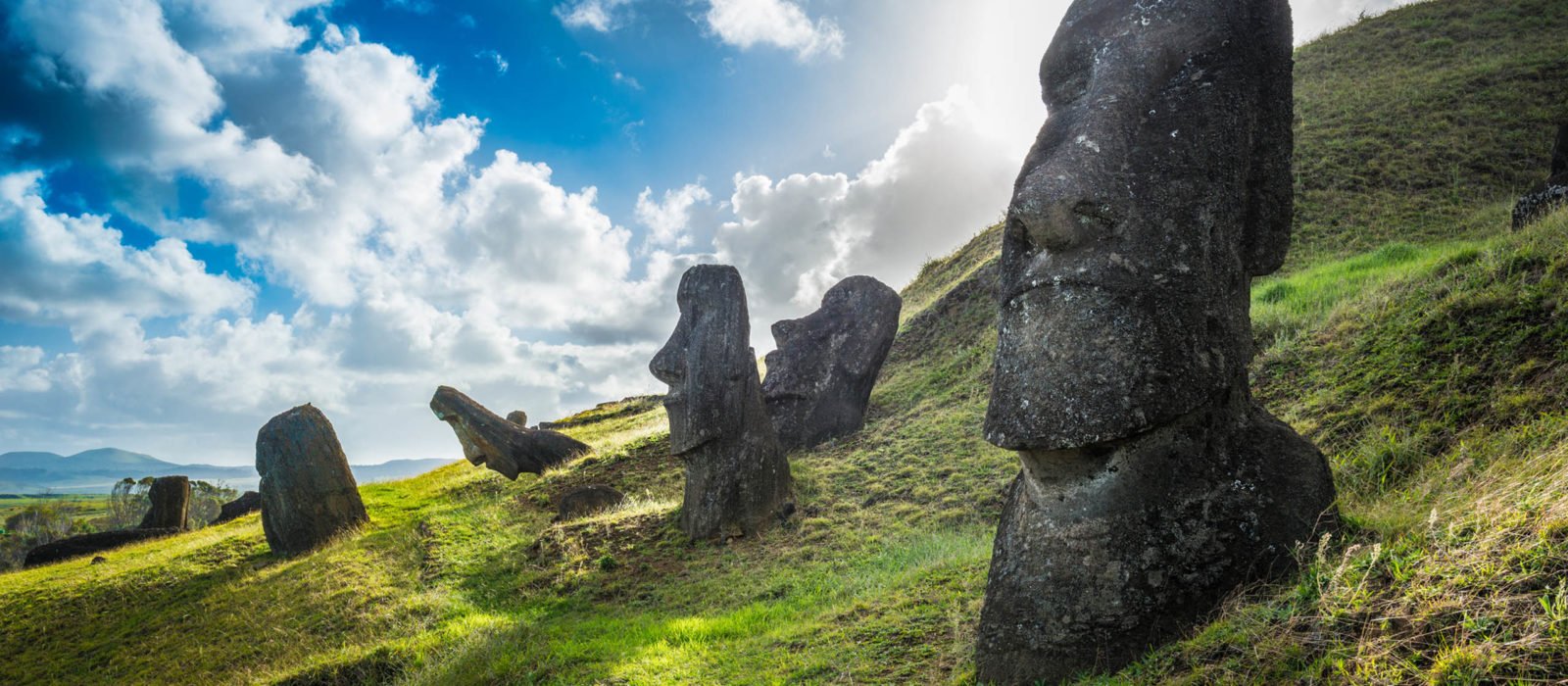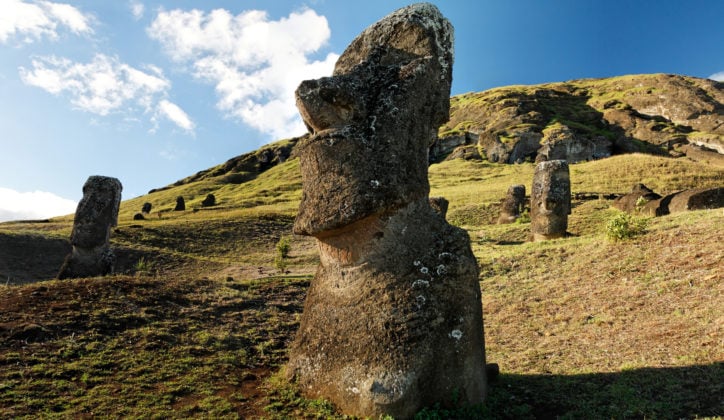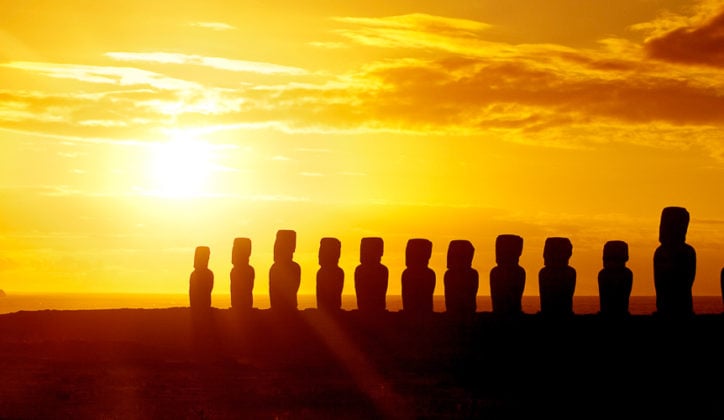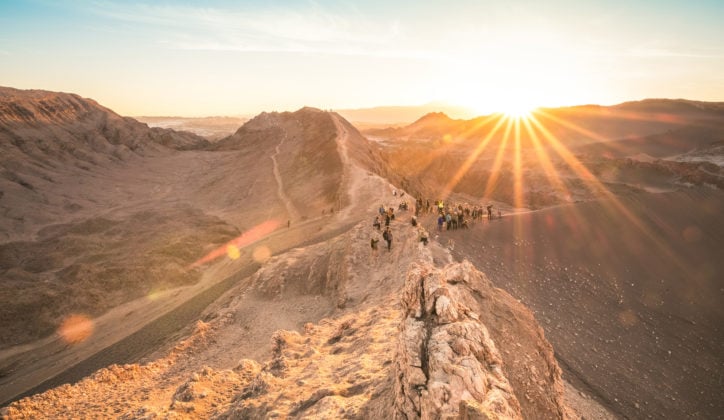Published on: September 29th, 2017
Last modified: March 21st, 2024
Rapa Nui's enigmatic stone statues have long drawn travellers to this isolated Pacific island. With its wealth of outdoor pursuits and culture, there are many other reasons to travel to Easter Island.
Easter Island earned its name from Dutch explorer Jacob Roggeveen discovering it on Easter Sunday in 1722. In later years the Polynesian islanders gave the island the title Rapa Nui, but to this day locals still use the name Easter Island.
Situated 3,700 kilometres from the coast of Chile , Easter Island is the most isolated inhabited place on Earth.
Perhaps due to this isolation, the distinct Rapa Nui have been able to retain their culture since they made the island home around the year 300. Here’s just a taste of what visitors can experience.

1) Come face-to-face with the moai stone statues
Easter Island is most famous for its mysterious monolithic stone statues. Known as moai, these statues are believed to have been carved by the Rapa Nui people sometime between 1250 and 1500, depicting the faces of their ancestors.
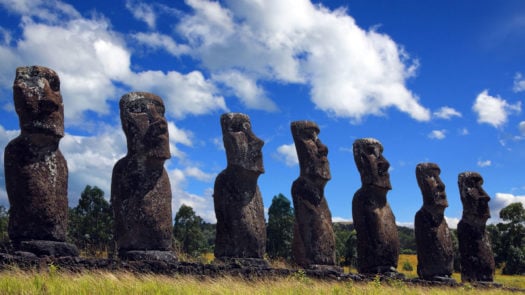
Around half of the Moai are at the Rapa Raraku site but many that were originally there have been moved to other spots along the coastline and positioned facing inland. Guided tours take visitors around the island to see the ancient statues up-close.
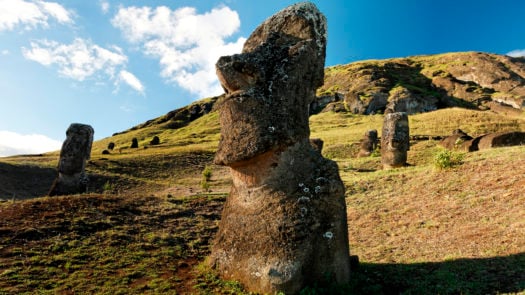

2) Explore Rapa Nui National Park
Alongside its extraordinary cultural heritage, Easter Island has a great wealth of natural riches with extinct volcanoes, lava tunnels and caves that were formed by volcanic eruption, and a rugged coastline of cliffs and hidden bays.
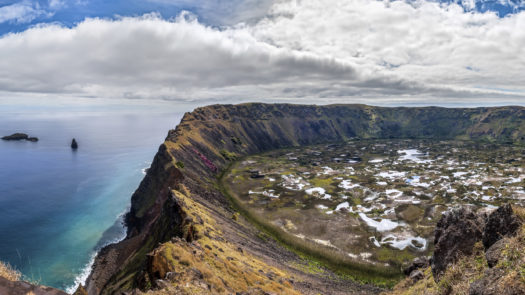
For this reason a large proportion of the island has been designated national park and a UNESCO World Heritage Site. In fact, of the island’s 16,628 hectares, 7,000 hectares are protected within the national park’s borders.
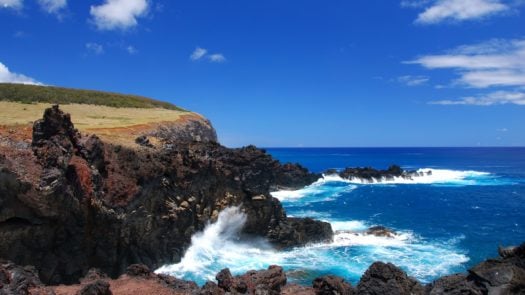

3) Incredible hiking opportunities
A number of guided hikes lead visitors around the island to see archaeological sites amidst scenic landscape. In around seven hours, trek along the dramatic northern coast – an area that’s only accessible on foot – from the western edge of the extinct volcano Maunga Terevaka to Anakena beach, with Moai, caves and rock carvings to see along the way.
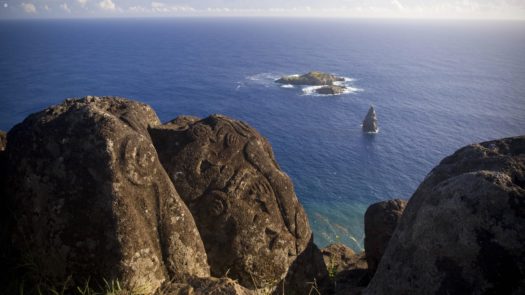
For a shorter three-hour hike, follow the route around the eastern rim of Rano Kau crater to Vai Atare where there’s a view of the islets off Easter Island’s coast. In around five hours, explore the remote eastern peninsula to see the island’s oldest volcano Poike, as well as Moai and the cave of Ana O Keke, or hike to the island’s highest point, Terevaka, that lies at 507 metres.
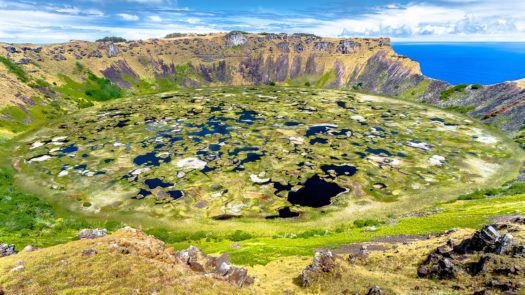

4) Hop between the island's remote beaches
Anakena on the northern coast is the island’s most popular beach – particularly during the southern hemisphere’s summer months – where white coral sand is lapped by the warm Pacific Ocean with coconut trees swaying in the sea breeze.
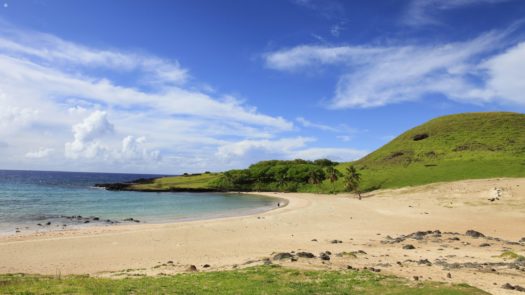
The beach is home to two archaeological sites: Ahu Ature Huki stone platform with its one remaining Moai, and the Ahu Nau Nau stone platform, which has seven Moai still standing. Smaller beaches are dotted along the coastline, including Pea Beach in Hanga Roa.
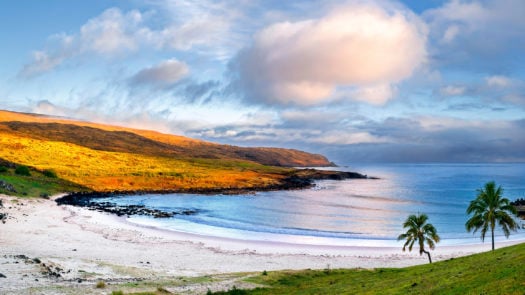

5) Ride the waves of the South Pacific swell
Due to its location in the South Pacific, Easter Island has world class surfing conditions with lava reef breaks and all-year-round swell.
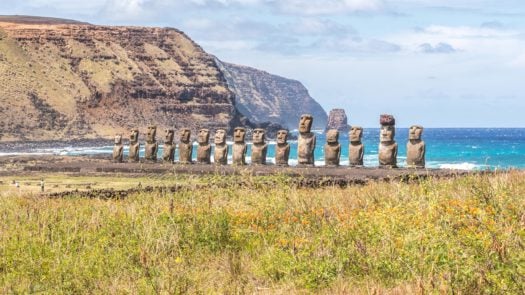
Surf lessons can be arranged in Hanga Roa with waves that are suitable for beginners, while experienced surfers head to Tahai on the northwest coast and the beach of Mataveri in the southwest.
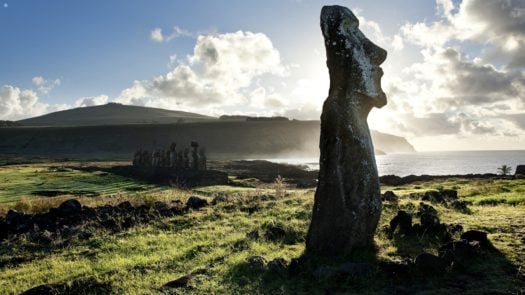

6) Explore lava tunnels and caves
The most impressive caves on the island are those of the Te Pahu network. Situated below the Akivi Ahu archaeological site, the cave network was formed when a tunnel of lave solidified after Mumga Hiva Hiva erupted around 10,000 years ago. The caves can be accessed by climbing down through the collapsed ceiling and are easily navigated with a numbers of openings for the sunlight to pour in.
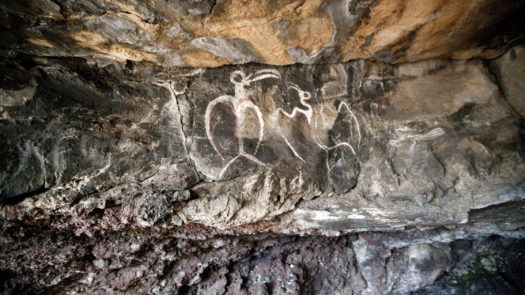
Elsewhere on the island, the smaller caves of Ana Kai Tangata offer historic insight with ancient paintings of birdmen, while the Te Peu caves and lava tubes are characterised by their rock carvings and lava stalactites.
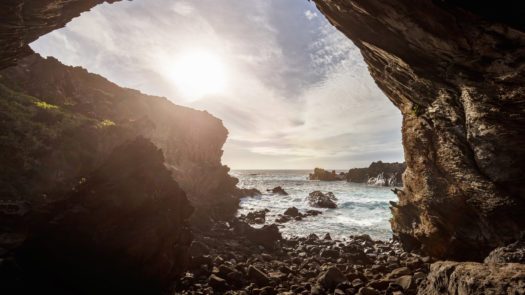

7) Celebrate Tapati Festival
Literally meaning ‘the week’, Tapati is a celebration of the Rapa Nui culture in which two teams from different areas of Hanga Roa compete by sliding downhill on banana trunks, spear-fishing, surfing and canoeing, as well as competing in singing and dancing contests and crowning the Queen of Tapati.
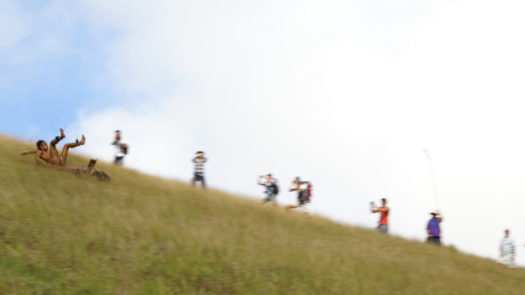
Events are held islandwide and involve all of the islanders while welcoming visitors to experience the occasion too. The festival takes place from the end of January to the beginning of February each year.
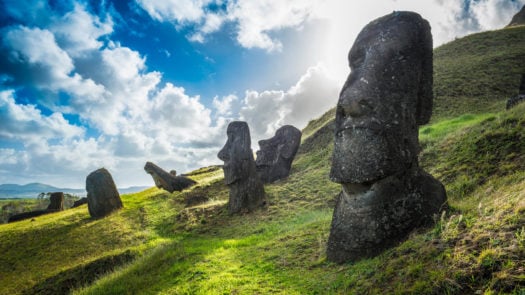

8) Fill up on authentic Rapa Nui cuisine
Rapa Nui fare utilises the island’s abundance of seafood and fish, with lobster, shrimp, tuna and mahi mahi among those on offer, along with fresh produce such as sweet potato, yam and sugarcane that was originally brought over from the Marquesas Islands.
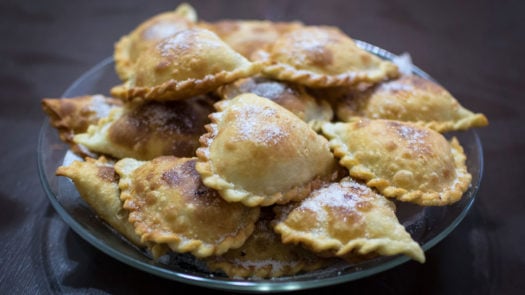
Ceviche and tuna empanadas are both island staples, but the most traditional dish is Uma Rapa Nui in which meat, fish and vegetables are wrapped in plantain leaves, then cooked on hot stones in the earth.
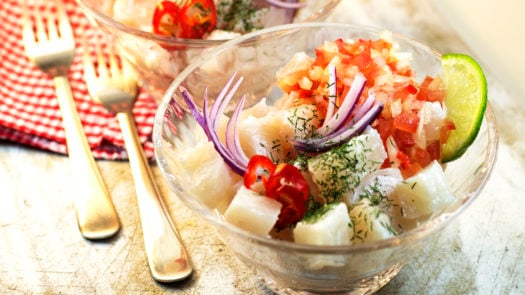

9) Stay in a luxury lodge
In an isolated spot overlooking the Pacific Ocean, Hare Noi is an intimate lodge with just nine standalone rooms on the hillside, each with a garden or sunset view. Each day, on returning from your island exploration, indulge in a spa treatment in which local materials like volcanic soil and pink sand are used, and take a dip in the hotel’s pool.
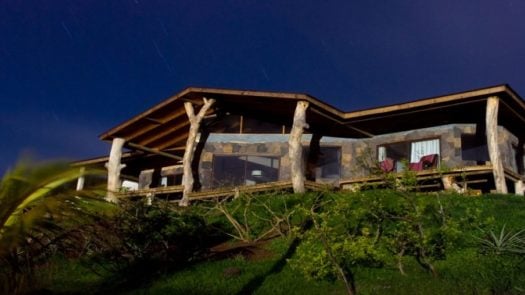
The restaurant focuses on dishes that are inspired by traditional local recipes, while taking produce from the organic vegetable garden, with fresh seafood that’s been caught the same day.
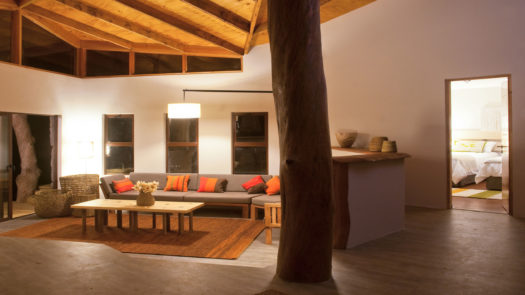
Our top example trips to Easter Island
Talk to one of our expert travel designers and start creating your once-in-a-lifetime trip to Easter Island.
